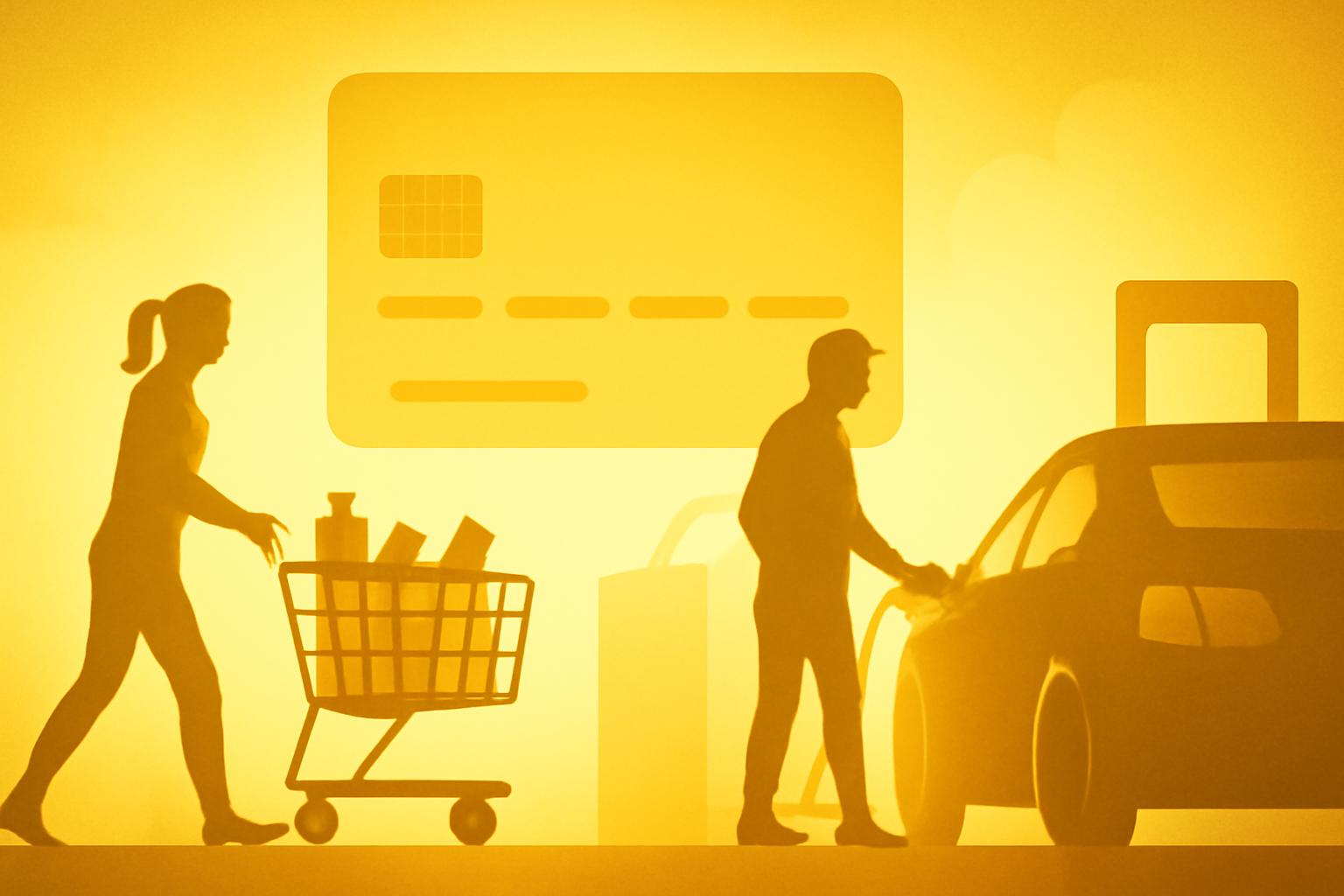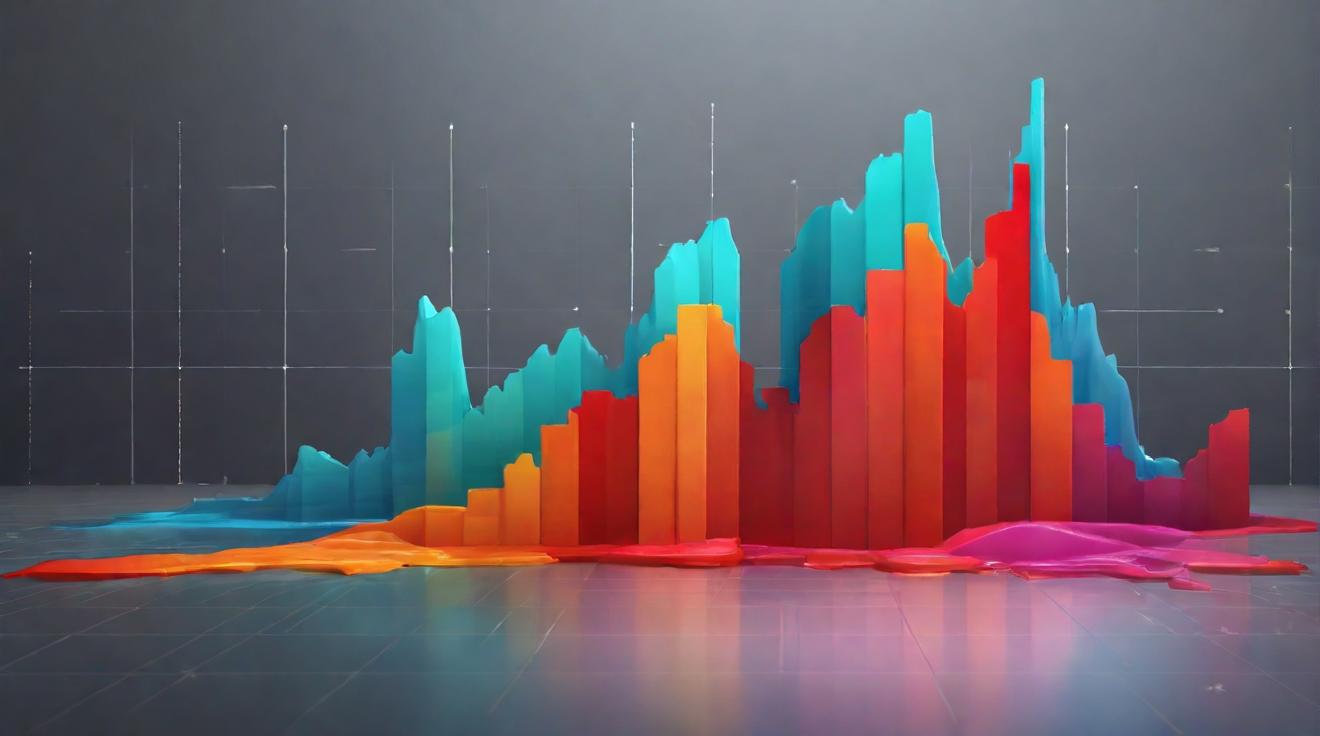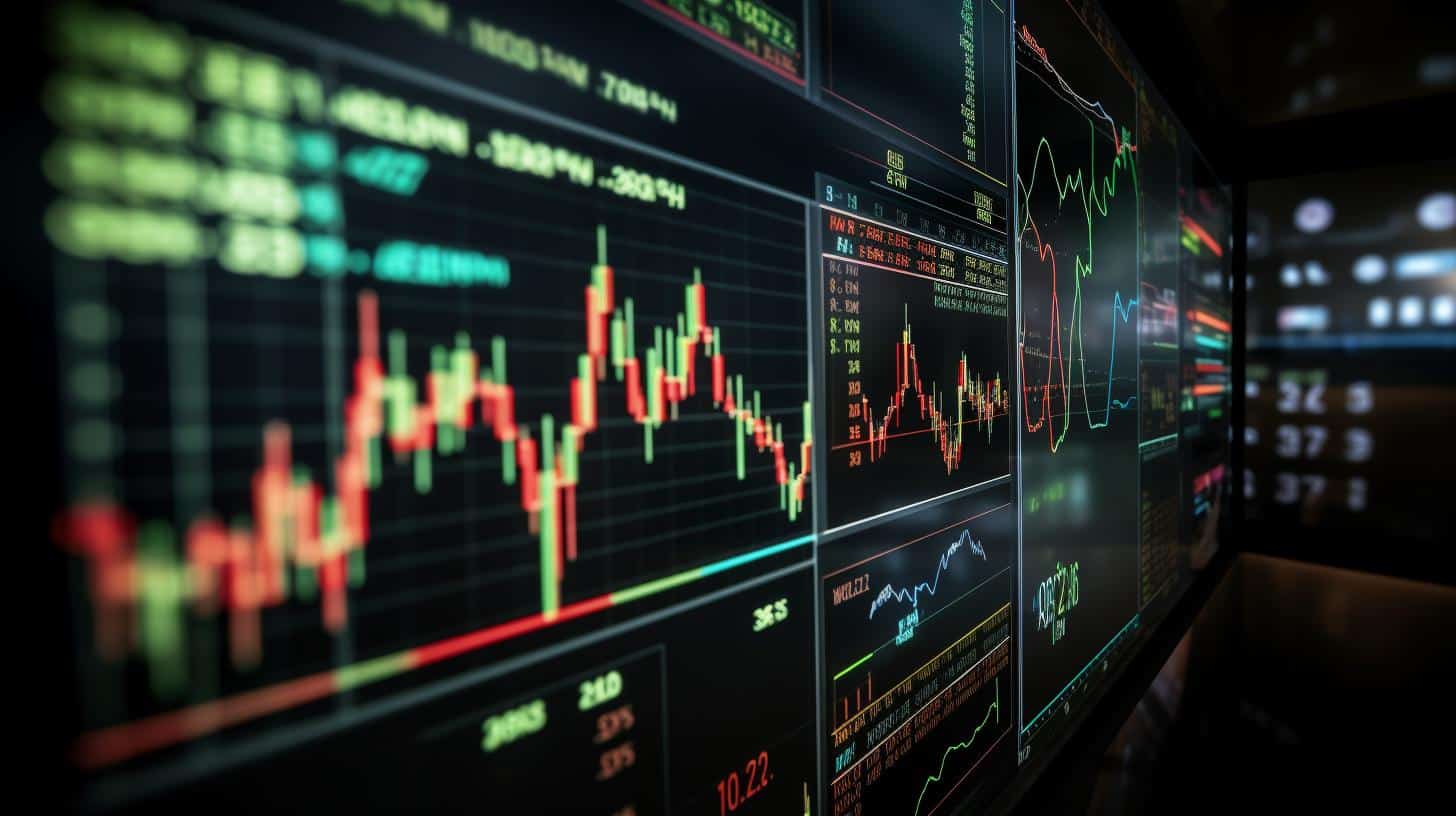Consumer Spending Under Pressure from Rising Grocery and Gas Prices
For several years, Americans have grappled with the rising cost of living, but recent data suggests many are approaching their financial limits. Despite persistent inflation and increasing prices for essentials, consumer spending remains resilient, according to the latest personal consumption expenditures price index released Friday.
Credit Card Use Surges for Essential Purchases
A new TD Bank credit card pulse survey, shared exclusively with CNBC, highlights a growing dependence on credit cards for everyday necessities such as groceries and gasoline. With grocery prices climbing 2.7% year-over-year in August—the fastest increase since August 2023—nearly half of Americans (46%) identify groceries as their primary monthly credit card expense. This reliance underscores the difficulty many consumers face in adjusting to elevated prices for basic goods, from staple foods to fuel. A Wells Fargo report found that approximately 90% of consumers experienced “sticker shock,” especially when purchasing food or filling up their tanks.
“The things that people tend to notice more frequently become more prominent in people’s minds,” said Chris Fred, head of credit cards and unsecured lending at TD Bank.
Gasoline Remains a Significant Expense Despite Price Drops
Although gas prices have declined compared to last year, 13% of the over 1,000 adults surveyed by TD Bank reported gasoline as their top credit card spending category. This challenges the common perception that credit card use is mostly for discretionary spending.
“There is a common misperception of credit card spending as frivolous, but that just isn’t the reality for most Americans,” Fred added.
Non-Discretionary Spending Drives Household Budget Strain
TD Bank’s findings also reveal the strain that essential spending places on household finances. Nearly half (49%) of consumers noted that grocery expenses increased the most over the past year, while 10% identified gasoline as their largest spending growth category.
Credit Card Balances Approach Record Highs
Research from the Federal Reserve Bank of New York confirms that credit card balances continue to climb. In the second quarter, outstanding balances reached $1.21 trillion, marking a 2.3% increase from the previous quarter and matching last year’s all-time high. Equifax data further indicates that despite elevated prices and borrowing costs, consumers keep spending. Sheila Bair, former chair of the U.S. Federal Deposit Insurance Corporation and member of CNBC’s Global Financial Wellness Advisory Board, advises caution.
“The presumption is, don’t borrow. The exception is a credit card that you pay off at the end of every month,” Bair said.
FinOracleAI — Market View
The latest consumer spending patterns underscore the persistent inflationary pressures on essential goods, driving increased reliance on credit cards to bridge the affordability gap. While consumer demand remains robust, rising credit card debt signals growing financial vulnerability among households.
- Opportunities: Financial institutions can offer tailored credit solutions and budgeting tools to assist consumers managing higher essential expenses.
- Risks: Elevated credit card debt levels may increase default risk, especially if inflation persists or economic conditions deteriorate.
- Policymakers should monitor inflation trends and household debt dynamics to mitigate potential consumer distress.
Impact: The data points to a cautious but persistent consumer spending environment, with credit cards playing a critical role in maintaining purchasing power amid rising costs, highlighting both resilience and risk in household financial health.













